Tracking Carbon Impact in Capital Improvement Plans
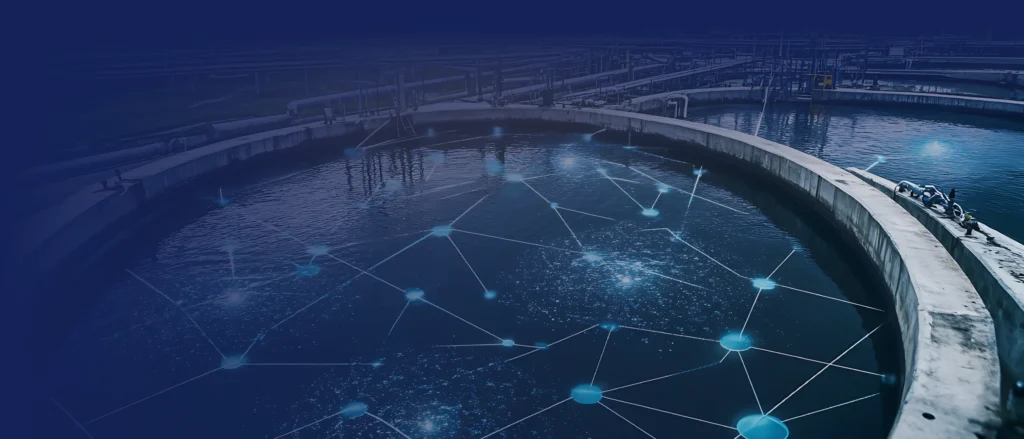
Why Carbon Tracking Matters in CIPs Infrastructure projects—roads, bridges, runways, water systems—are major contributors to greenhouse gas emissions. These emissions don’t just occur during construction; they extend throughout an asset’s lifecycle, from energy use to maintenance. Without carbon tracking, agencies risk: Missing regulatory targets. Facing higher long-term operational costs. Losing public trust in their sustainability […]
Maximizing ROI in Capital Improvement Programs Through Predictive Analytics

The ROI Challenge in CIP Capital projects are high-stakes investments. A water treatment plant, new bridge, or airport expansion must serve communities for decades. But without accurate forecasting, agencies risk: Overestimating project lifespans. Underestimating future maintenance costs. Investing in low-priority projects while critical assets deteriorate. These inefficiencies reduce ROI and erode public trust. How Predictive […]
Smart Airports: The Role of AI and IoT in Passenger Experience
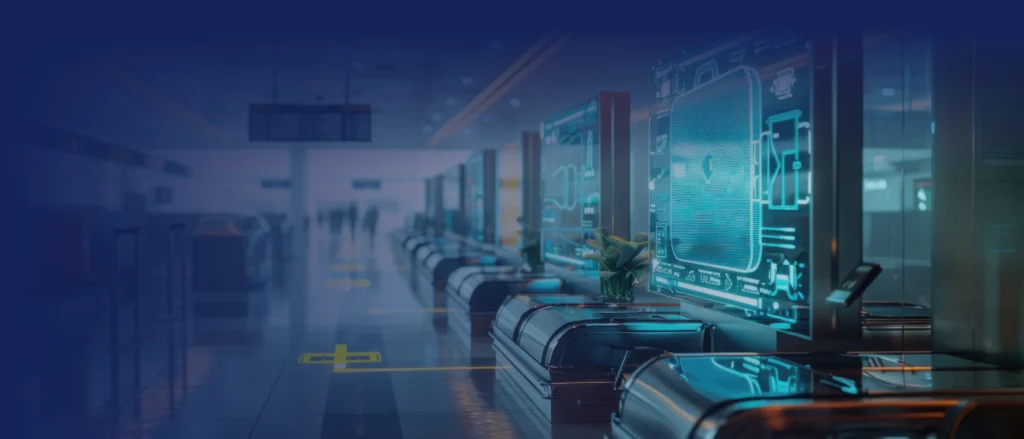
AI-Powered Passenger Services Artificial intelligence is already reshaping the passenger journey: Smart check-in kiosks use facial recognition to speed up boarding. Chatbots and virtual assistants handle common traveler questions, reducing wait times at help desks. AI-driven recommendations provide passengers with real-time updates on gate changes, dining options, or estimated security line waits. These tools not […]
How Mobile Apps Are Revolutionizing Field Inspections and Asset Management
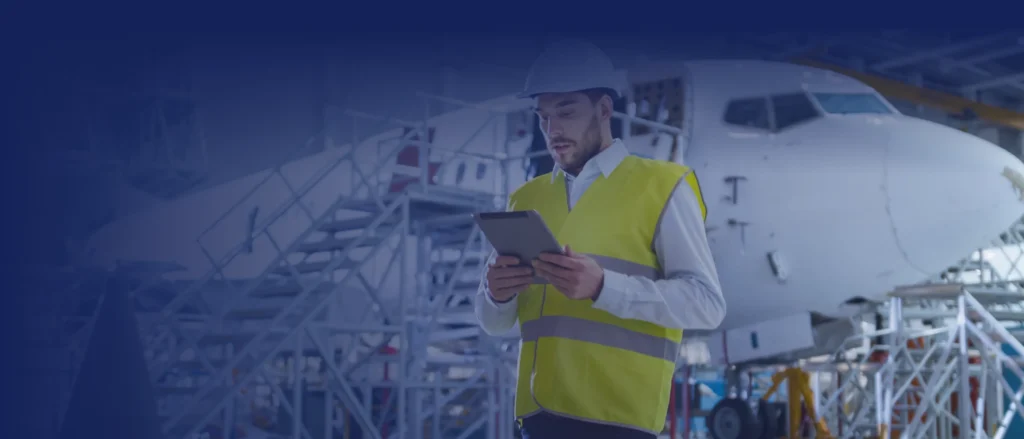
Eliminating Paper, Unlocking Speed For decades, inspectors and maintenance workers relied on clipboards and paper forms, later re-entering data into central systems—a process prone to errors and delays. Mobile apps replace this with direct, real-time data capture. In public works: Crews can log potholes, upload images of damaged pipes, or complete inspection checklists directly on […]
Predictive Maintenance in Public Works: Save Millions with Data-Driven Insights
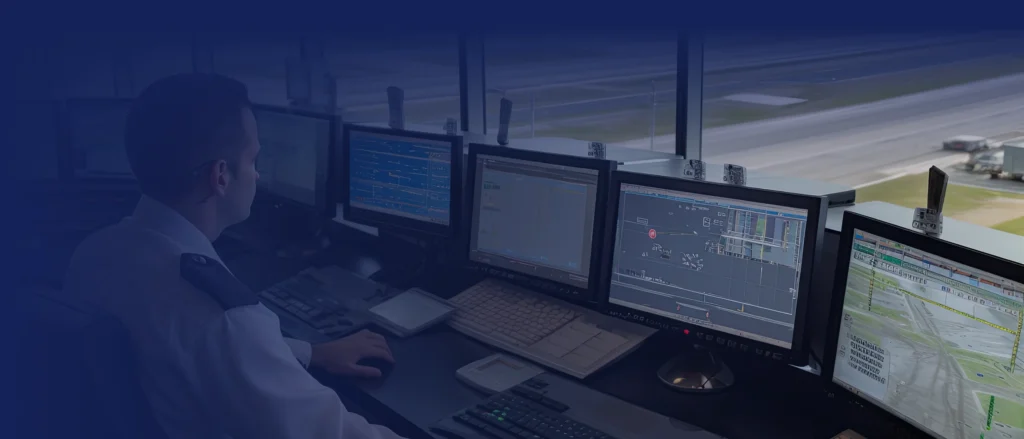
The High Cost of Reactive Maintenance For public works: Waiting until a water main bursts or a bridge joint fails often leads to emergency repairs that are several times more expensive than planned upkeep. Beyond costs, such failures can disrupt communities, delay projects, and even pose safety risks. For airports: A sudden runway closure, baggage […]
5 Ways Public Works Agencies and Airports Can Cut Costs with Data-Driven Solutions
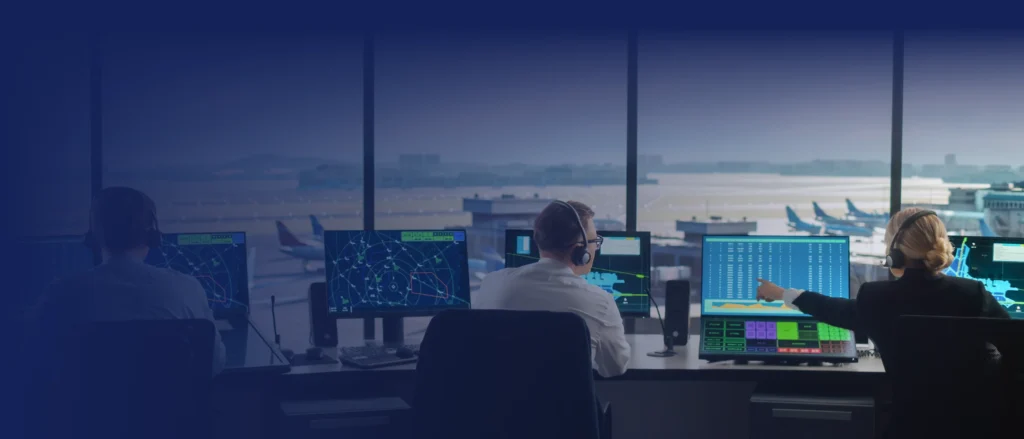
Predictive Maintenance Through Analytics Public works: Analytics help project when assets like: water mains, bridges, or roadways will need maintenance, preventing costly emergency repairs. Airports: Runways, baggage systems, and ground vehicles are high-cost assets. Predictive tools help airports schedule proactive maintenance, reducing downtime, avoiding safety risks, and preventing costly flight delays. Smarter Asset Management Public […]
From Paper to Digital: Why Public Works Agencies and Airports Must Modernize Now
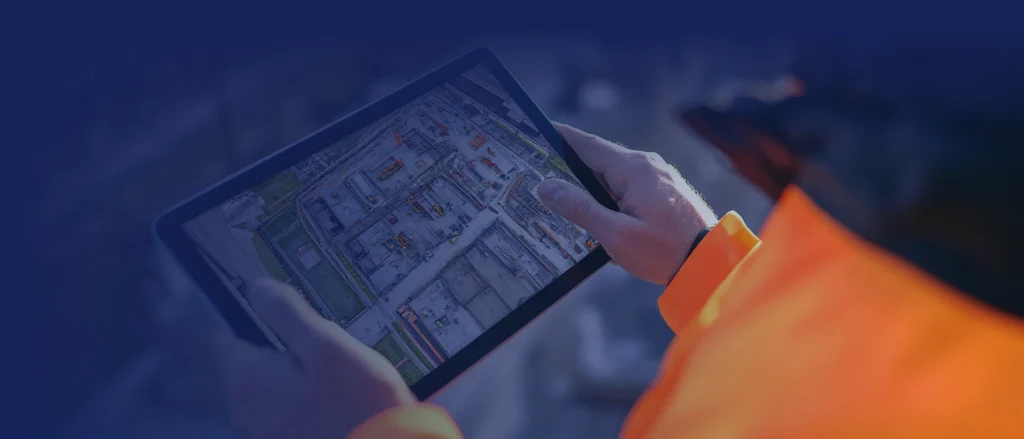
The Hidden Costs of Paper On the surface, paper-based workflows seem inexpensive. In reality, they drain resources. For public works agencies: Manual inspections, misplaced reports, and repetitive data entry create delays that increase maintenance costs. For airports: Paper-heavy compliance checks, safety inspections, and operational logs slow down crews and can even contribute to regulatory penalties […]
The Future of Infrastructure: How Digital Twins Are Transforming Public Works
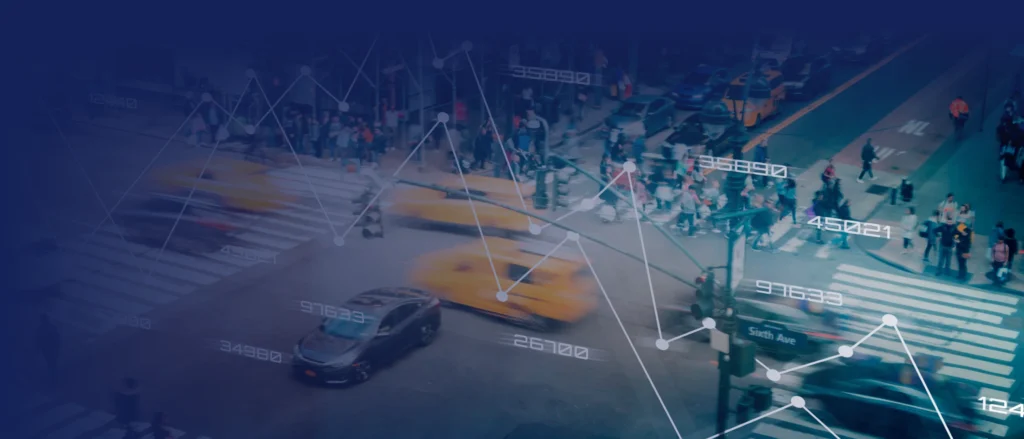
What Are Digital Twins? A digital twin is more than a 3D model—it’s a dynamic, data-driven representation of a physical asset. Sensors, IoT devices, and connected systems feed real-time information into the model, creating a living version of bridges, water systems, or road networks. For public works, this means an up-to-date view of asset conditions, […]
Digital Transformation for Public Agencies: Lessons from Smart Cities and Airports

Lessons from Smart Cities Smart cities integrate digital tools across urban infrastructure, offering valuable lessons for public agencies: IoT Sensors for Real-Time Data: Cities use IoT to monitor traffic, air quality, and utilities. Public works can replicate this by tracking water usage, road conditions, or waste collection. Digital Citizen Engagement: Smart city apps allow residents […]

